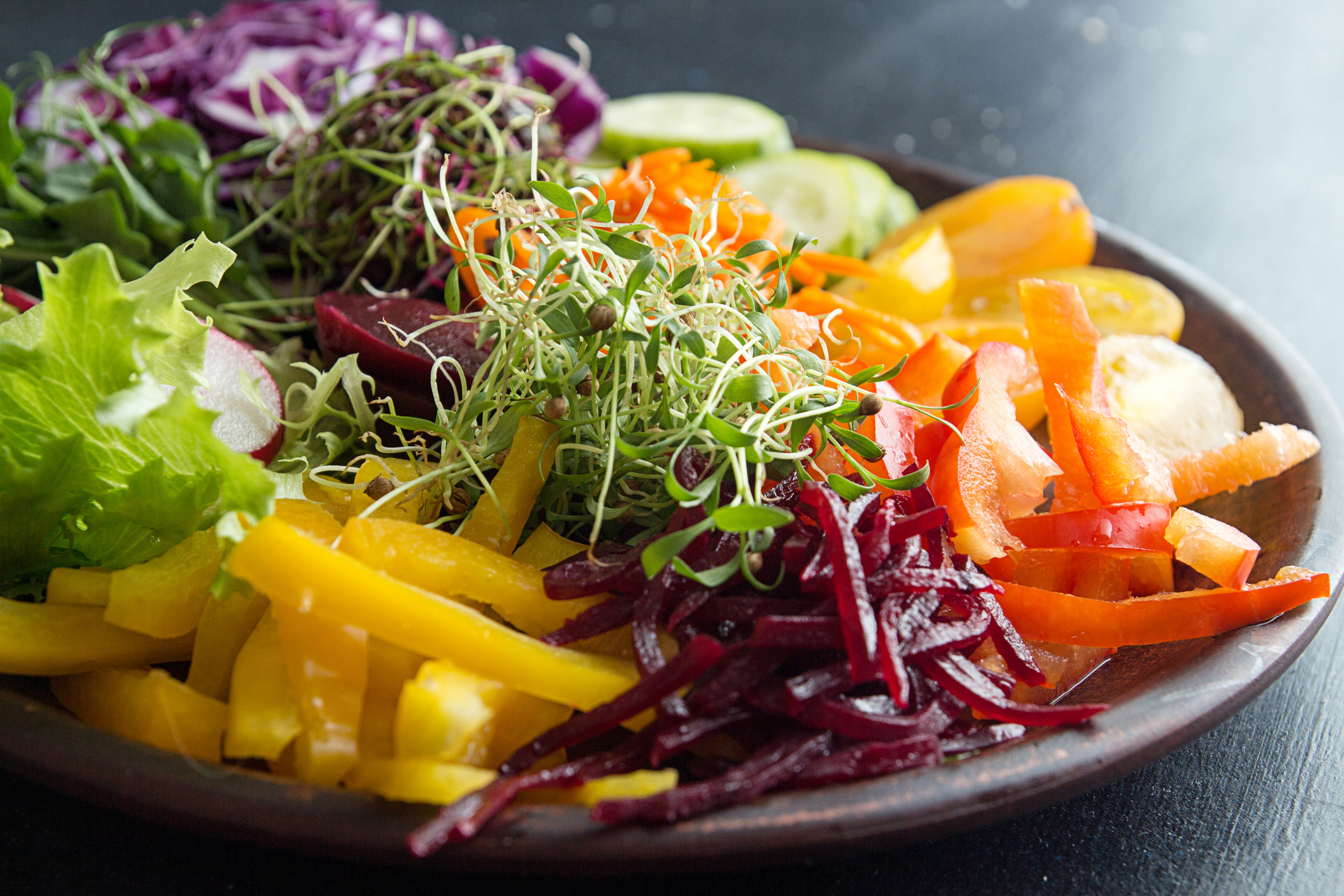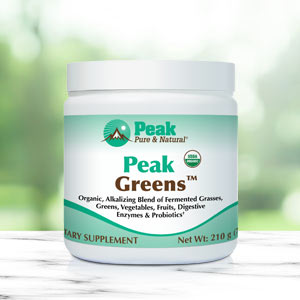Get Easy Health Digest™ in your inbox and don’t miss a thing when you subscribe today. Plus, get the free bonus report, Mother Nature’s Tips, Tricks and Remedies for Cholesterol, Blood Pressure & Blood Sugar as my way of saying welcome to the community!
Microgreens: Big benefits from tiny greens

If you’ve ever visited a trendy restaurant and seen a delicate mound of tiny greens resting on your grass-fed burger, then you’ve tried microgreens. You may not have given this green garnish much thought at the time, but you should start paying more attention to it. Why?
Because even though microgreens are small, they come with big health benefits, including a higher nutrient content than their large, leafy counterparts. But before we dive into the benefits of these strange little greens, let me clarify exactly what they are…
Microgreens are just greens that haven’t reached full maturity yet. They start as sprouts (which also have big health benefits). Then they turn into microgreens. Microgreens eventually become baby greens. And baby greens eventually turn into those big, leafy greens you usually buy at the grocery store.
Microgreens are chock-full of nutrients. They contain vitamin K, vitamin C, vitamin E, beta-carotene and other nutrients. And in some cases, they contain as much as 40 times more of these nutrients than fully-grown greens. That means if you’re not a fan of greens, you could possibly get away with eating less of them but still pack on the nutrition by opting for this micro version.
That begs the question… can you picture yourself eating these greens in your day-to-day life — you know, beyond the occasional takeout meal from that hip café around the block?
If you’re like a lot of people, you’re not exactly sure what to make with microgreens… or even if you like the taste of them. If that’s the case, the result of this latest study may help…
The 3 tastiest microgreens
A new study shows that if you’re having a hard time getting into microgreens, you may just be trying the wrong ones.
In the study, researchers had participants try a variety of different microgreens to see which ones they like best based on taste, texture and appearance. Here’s what they discovered…
Beet, cabbage and amaranth microgreens got the highest marks for appearance. But once taste and texture were factored in, broccoli, red cabbage and tendril pea microgreens rose to the top.
“They were all liked well enough that people said they would consume them and purchase them,” said lead researcher and registered dietitian nutritionist Sarah Ardanuy Johnson. “I feel like they should be used more as a vegetable and not just a garnish. That’s part of the reason why I wanted to do this study.”
How to grow your own microgreens
According to Dr. Terry Wahls, author of The Wahls Protocol: A Radical New Way to Treat All Chronic Autoimmune Conditions Using Paleo Principles, “Our soil is widely depleted of the nutrients it once contained, and selective breeding and genetic modification aimed at a higher number of bushels per acre (not at improving vitamin or mineral content per bushel) have certainly resulted in plants that are less nutrient-dense than they once were.”
And, I know you’ve heard this before — the pesticide dangers are real. You could avoid those dangers by only choosing organic foods, but that can get costly.
These are just a couple of reasons that growing your own greens — or supplementing them with a greens powder — is a good idea.
Here’s how to get started:
- Purchase a package of microgreen seeds
- Find a small, clean container. Plastic takeout containers are a good option.
- Cover the bottom of the container with an inch or two of lightly moistened potting soil. Gently flatten it out with your hand, being careful not to pack it down too much.
- Sprinkle a layer of seeds evenly over the soil. Push them gently into the soil using your hand.
- Put a thin layer of soil over the seeds. Lightly moisten the soil with a spray bottle.
- Put the container in a windowsill where it will get at least four hours of direct sunlight per day.
- Until the seeds sprout, mist the soil lightly once or twice per day. But be careful not to spray it too much. The soil should be moist, not wet.
- Once your seed sprout, continue misting once or twice per day until your microgreens are ready to harvest.
- Your microgreens should be ready to harvest about two to three weeks after you planted your seeds. You’ll know they’re ready because you’ll see their “true leaves” sprouting. These are different from the leaves that came out when the seed first sprouted (known as cotyledons). The true leaves will sprout above the cotyledons and will look like the plant’s adult leaves… but smaller.
- Once the true leaves make an appearance, you can pull out your scissors and cut the plants just above the soil. Rinse them off and enjoy a heaping plate of microgreens with your favorite salad fixings. Or add them to a burger, pizza or omelet. The possibilities are endless.
Once you have some delicious microgreens on hand you can make a microgreen salad, add them on top of pizza, soup, sandwiches, tacos or anything else you can think of. You can even add them to a smoothie or run them through the juicer. The options for getting your fill of these nutrient-dense greens are truly endless.
Editor’s note: Are you feeling unusually tired? You may think this is normal aging, but the problem could be your master hormone. When it’s not working, your risk of age-related diseases skyrockets. To reset what many call “the trigger for all disease” and live better, longer, click here to discover The Insulin Factor: How to Repair Your Body’s Master Controller and Conquer Chronic Disease!
Sources:
- Beyond the garnish: Will a new type of produce get the microgreen light? — EurekAlert!
- What are Microgreens, and Why Should You Care? — Urban Cultivator.
- How to Grow Microgreens — Gardener’s Supply Company.
- How Can I Tell a True Leaf From a Cotyledon? — SFGate.













